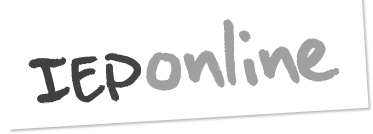Transition – transcript
[On the screen]
Robert Mangan, Principal, and Rachelle Stratton, HOD Learning Centre, from Tauranga Boys’ College, talk about managing transitions for students who are coming into college, moving between year levels and then leaving school.
Robert:
What we’ve done is with our form classes, we’ve spread all of our students into a form class. So students that have learning needs, students from Aronui, our international students, are all in one form class, and that form class remains together for the five years, if that’s the length of time the boys remain. So there is some continuity of the form teacher, they get to know those boys.
Rachelle:
We have a close relationship with our contributing intermediate, and we start their transition in term four of the year before they actually come to school. They’ll come up to the school on a weekly basis and start to get the feel of what it’s like to be in such a large school.
We meet with the SENCO at the intermediate, and she provides us with the key information about those individuals, which is information that we can make sure their needs are being met when they arrive at Tauranga Boys’.
From year to year, what happens is that an information sheet is created on a bright piece of paper, and it has the key needs of individual students, as well as teaching strategies which teachers can implement in their classrooms, just to assist them.
And that changes as the student moves throughout the school, depending on the level. But we make sure that the teachers are well prepared before that student goes into their class, with what they require in the educational setting.
Through the IEP process, when a student gets to year 11, 12, and 13, we also have a transition plan that we put in place, where we look at a pathway which identifies what the student wants to do after they leave school. Through that, students may choose that they want to work, and so we make sure that there is a clear pathway to assist them with that.
We have agencies around Tauranga that can help with the transition of those students. They come on board in the students’ last year of school, and they assist those students to make sure that that transition is seamless. If they want to work, some of those students will work part-time, some students will work full-time.
« Back to Transition

